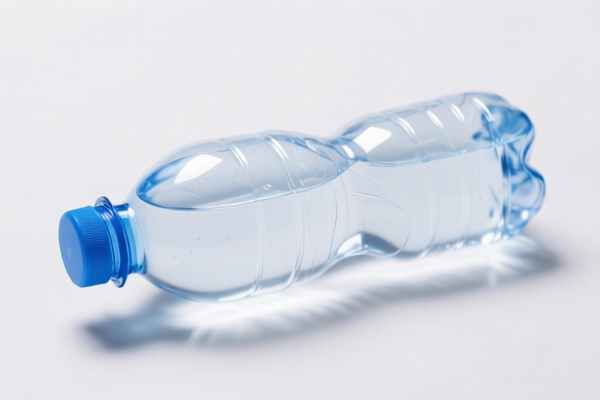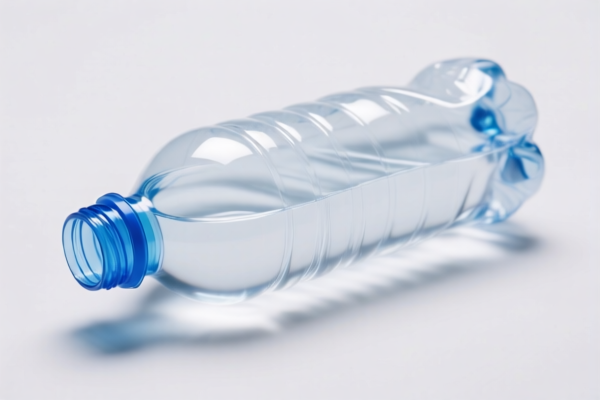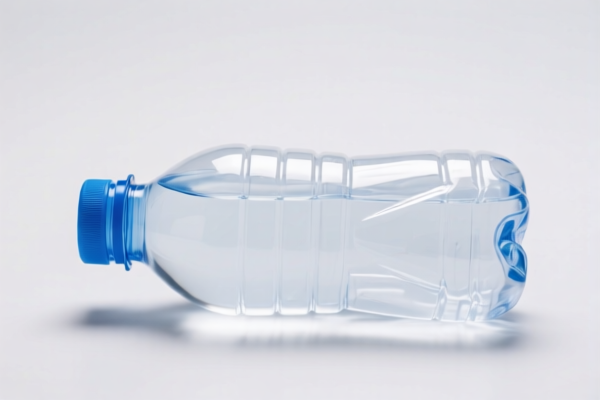| HS Code | Official Doc | Tariff Rate | Origin | Destination | Effective Date |
|---|---|---|---|---|---|
| 3923300010 | Doc | 58.0% | CN | US | 2025-05-12 |
| 3923300090 | Doc | 58.0% | CN | US | 2025-05-12 |
| 3918901000 | Doc | 60.3% | CN | US | 2025-05-12 |
| 3918905000 | Doc | 59.2% | CN | US | 2025-05-12 |




Mini Plastic Bottle
A mini plastic bottle is a small container, typically ranging in volume from 15ml to 100ml, constructed from plastic polymers. These bottles are designed for holding liquids, powders, or small solid objects.
Material
The most common plastics used in their production include:
- Polyethylene Terephthalate (PET): Clear, strong, and widely recycled. Often used for water, oils, and lotions.
- High-Density Polyethylene (HDPE): More rigid and chemical resistant. Commonly found in products like shampoos and cleaning solutions.
- Low-Density Polyethylene (LDPE): Flexible and often used for squeeze bottles.
- Polypropylene (PP): Heat resistant and suitable for products requiring sterilization.
- Polyvinyl Chloride (PVC): Less common due to environmental concerns, but used in some specialized applications.
Purpose
Mini plastic bottles serve a diverse range of purposes, including:
- Cosmetics & Personal Care: Sample sizes of lotions, serums, toners, perfumes, and essential oils.
- Pharmaceuticals: Small volumes of liquid medications, eye drops, and antiseptic solutions.
- Food & Beverage: Single-serving portions of sauces, condiments, and flavored liquids.
- Cleaning Products: Travel-sized detergents, disinfectants, and sprays.
- Arts & Crafts: Holding paints, glues, and other small liquids.
- Laboratory Use: Storing reagents and solutions in small quantities.
Function
The primary function is containment and controlled dispensing of their contents. Features contributing to this function include:
- Leak-proof caps: Screw-on, flip-top, or spray caps to prevent spillage.
- Narrow necks: Allow for precise pouring or application.
- Resistance to chemical interaction: The plastic material must be compatible with the substance being stored.
- Durability: To withstand handling and transportation.
Usage Scenarios
- Travel: Convenient for carrying toiletries and medications in airline-approved sizes.
- Sampling: Providing potential customers with trial sizes of products.
- Portion Control: Dispensing precise amounts of liquids or powders.
- Refilling: Reusable bottles for personal use, reducing waste.
- Event Giveaways: Promotional items with custom branding.
Common Types
- Boston Round Bottles: Cylindrical shape with a narrow neck, commonly used for essential oils and serums.
- Oval Bottles: Offer a different aesthetic and can be easier to grip.
- Spray Bottles: Equipped with a spray nozzle for fine mist application.
- Squeeze Bottles: Flexible plastic allows for controlled dispensing by squeezing.
- Roll-on Bottles: Feature a rolling ball applicator for topical application.
- Dropper Bottles: Include a dropper for precise measurement and dispensing.
The declared goods, “mini plastic bottle”, fall under articles for the conveyance or packing of goods, of plastics; stoppers, lids, caps and other closures, of plastics. The following HS codes are applicable:
-
3923300010: This HS code covers articles for the conveyance or packing of goods, of plastics; stoppers, lids, caps and other closures, of plastics, specifically Carboys, bottles, flasks and similar articles of a capacity not exceeding 50 ml.
- 39: Chapter 39 pertains to plastics and articles thereof.
- 23: Heading 23 covers plastics packaging articles, including bottles.
- 300010: This subheading specifically identifies carboys, bottles, flasks and similar articles with a capacity not exceeding 50 ml. The basic tariff is 3.0%, with an additional tariff of 25.0%, increasing to 30.0% after April 2, 2025, resulting in a total tariff of 58.0%.
-
3923300090: This HS code covers articles for the conveyance or packing of goods, of plastics; stoppers, lids, caps and other closures, of plastics, specifically Carboys, bottles, flasks and similar articles other than those covered by 3923300010.
- 39: Chapter 39 pertains to plastics and articles thereof.
- 23: Heading 23 covers plastics packaging articles, including bottles.
- 300090: This subheading specifically identifies carboys, bottles, flasks and similar articles other than those with a capacity not exceeding 50 ml. The basic tariff is 3.0%, with an additional tariff of 25.0%, increasing to 30.0% after April 2, 2025, resulting in a total tariff of 58.0%.
It is important to determine the capacity of the mini plastic bottle to correctly classify it under either 3923300010 (≤ 50 ml) or 3923300090 (other).
Customer Reviews
No reviews yet.